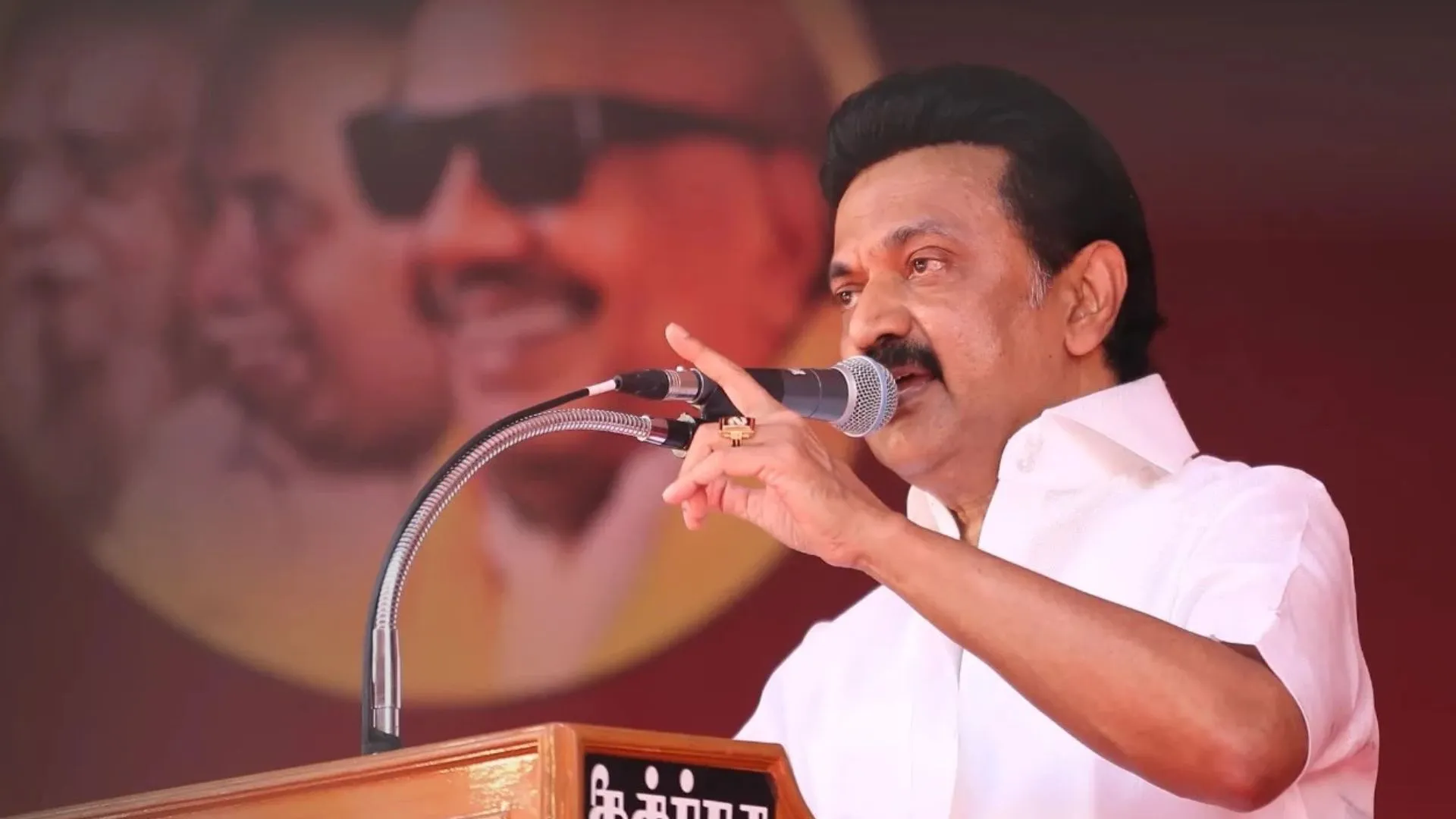Ganesh Chaturthi, a vibrant celebration marking the birth of Lord Ganesha, has transformed significantly from its origins to the present day. What began as a modest, localized observance in ancient times has evolved into one of India’s grandest festivals, blending traditional customs with contemporary flair.
The Roots of Ganesh Chaturthi
In ancient times, Ganesh Chaturthi was celebrated with a simplicity that reflected the humble origins of its participants. Villages would gather around clay idols, painstakingly crafted by local artisans, and the festivities would revolve around intimate prayers and community feasts. The rituals were rooted in deep religious devotion and regional customs, with every household contributing to the preparation of the idol and the celebration.
The festival’s significance was deeply entwined with local culture. Homes would display hand-made clay idols of Ganesha, often adorned with natural dyes and simple decorations. The celebrations were community-centric, marked by modest processions and a focus on personal devotion rather than grand public displays.
Modern Celebrations: A Colorful Transformation
Fast forward to today, and Ganesh Chaturthi has grown into a spectacle of enormous proportions. The once simple observance has become a dazzling public festival, celebrated with grandeur across cities and towns. The transformation reflects both the changing dynamics of urban life and the growing influence of media and technology.
Modern celebrations see towering, elaborately decorated idols of Lord Ganesha paraded through streets adorned with vibrant lights and elaborate pandals (temporary structures). The scale of the festival has expanded dramatically, with massive processions and a blend of traditional and contemporary music filling the air.
Homes and public spaces are transformed into colorful, ornate settings for the festival. The idols themselves are larger than life, crafted from a variety of materials including plaster of Paris and fiberglass, and are often adorned with intricate decorations and LED lights.
The Challenges of Idol Makers
Behind the glitz and glamour, however, lies a world of challenges faced by Ganesh idol makers. For many artisans, the festival is a double-edged sword. On one hand, it provides a significant source of income; on the other, it comes with its own set of difficulties.
Traditional clay idol makers, or “murtikars,” face increasing competition from mass-produced, synthetic idols which are often cheaper and more visually striking. The shift away from clay idols poses environmental concerns as synthetic materials can be harmful when they are immersed in water after the festival.
Moreover, the production cycle is intense. Artisans start preparing for the festival months in advance, working long hours to meet the demand. The process involves not only crafting the idols but also ensuring they meet the aesthetic expectations of buyers who seek ever more elaborate and grand designs.
The Joy of Making and Selling
Despite the challenges, Ganesh idol makers find immense satisfaction in their craft. For many, it is a labor of love, deeply rooted in cultural heritage and personal devotion. The preparation of each idol is imbued with a sense of reverence and anticipation for the festival.
Local markets and workshops buzz with activity as artisans sculpt, paint, and decorate the idols. Vendors display their creations in bustling markets, and the festive spirit is palpable. Buyers flock to these markets, selecting idols that resonate with their personal devotion and aesthetic preferences.
During the festival, the streets come alive with vibrant processions. Devotees carry the idols to water bodies for immersion, a practice that symbolizes the cycle of creation and dissolution. This final ritual brings closure to the festival and marks the return of Ganesha to his celestial abode, only to be welcomed again the following year.
A Festival Bridging Tradition and Modernity
Ganesh Chaturthi remains a festival that beautifully bridges the gap between tradition and modernity. It reflects the adaptability of cultural practices to changing times while preserving the essence of devotion and celebration.
In olden days, the festival was a reflection of local traditions and personal devotion. Today, it is a grand celebration of community spirit and artistic expression.
As the festival continues to evolve, it embraces both the age-old customs and the vibrant energy of contemporary life, ensuring that Ganesh Chaturthi remains a beloved and dynamic part of India’s cultural landscape.























